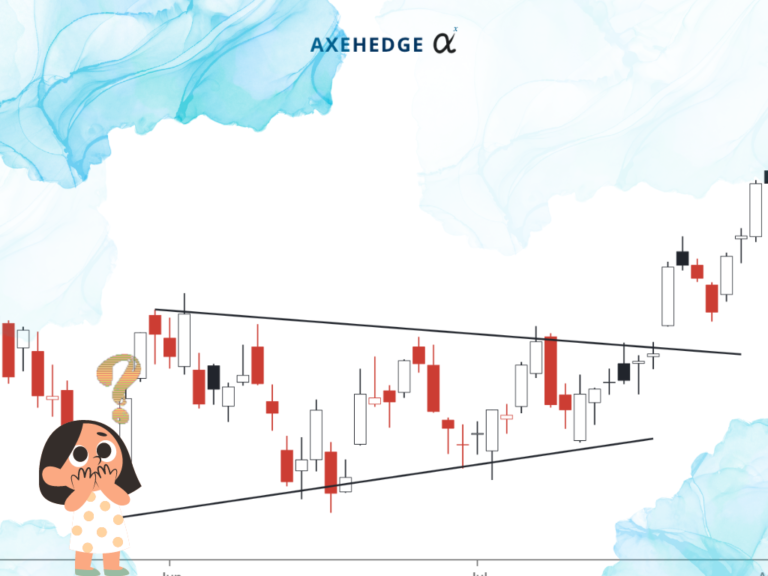In many of our articles, we did mention support and resistance when looking at an asset chart. There are many uses to knowing about support and resistance when you are trading, it can tell you the sentiment of the market when you can place your buy, when is the best time to sell, where to put your stoploss, and more.
In this article, we will explain to you in general what are support and resistance, without going into the details of how to look for the support or resistance level, as well as how to exactly measure when to place your buys or sells. We will explain all that in separate articles. For this article, the key objective is to just get a general overview of the concept of support and resistance.










